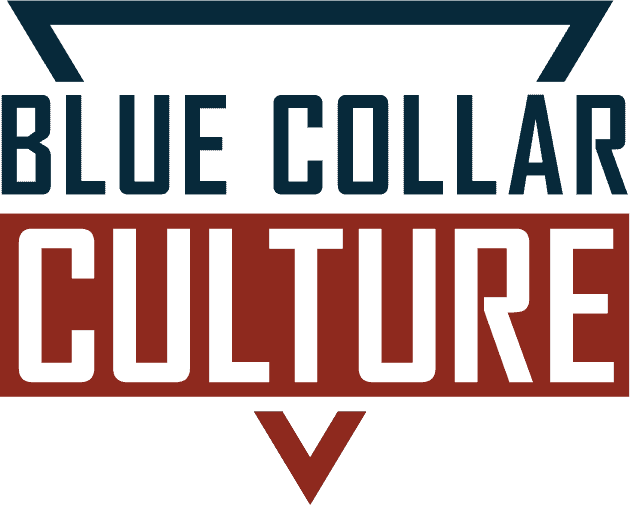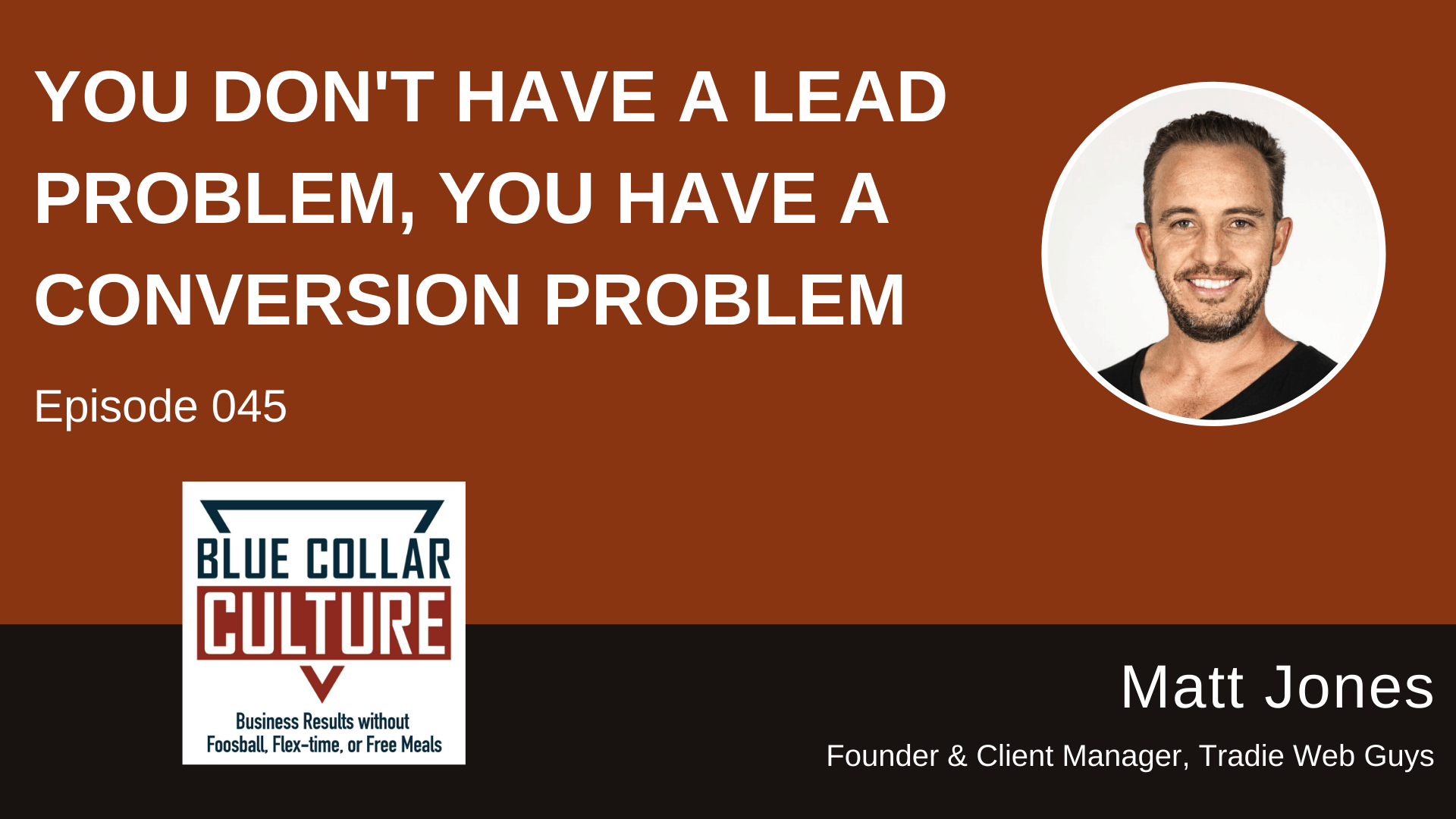On this week’s episode of the Blue Collar Culture Podcast, we speak with special guest, Matt Jones. If you’ve been listening to our show for a while, you’ll know that we are focused on results for trades-based businesses; we are firm believers that the trades need to be supported in the same ways as other industries. Matt is a former plumber who was so frustrated by the lack of support from digital marketing companies when it came to trades-based businesses, that he actually set out to solve the problem on his own by starting his own digital agency: The Tradie Web Guys.
“I can fundamentally say for 80% of the people out there, they don’t have a lead problem, they’ve got a conversion problem. What I mean by that is, if they’ve got a website that isn’t capturing information, that’s not educating, or nurturing, or leading people to the next step, their website’s not converting. So, they could be getting enough traffic, they could be getting enough eyes on their website, but those eyes are not taking the next step. They’re not filling in a webform, they’re not making a phone call, they’re not downloading a resource, they’re not doing something,” says Matt.
We chat about Matt’s frustration over the lack of support for the trades and his journey to creating his own agency, as well as:
- His podcast, The Site Shed
- Myths about marketing for the trades
- Advice for tradespeople on how to improve their messaging and reach more prospective clients
- Tips for improving your conversion rates
- And more
Mentioned in this episode:
- The Site Shed Facebook Group: https://www.facebook.com/groups/TheSiteShed/
- The Site Shed site: www.TheSiteShed.com
- The Tradie Web Guys site: www.TradieWebGuys.com.au

